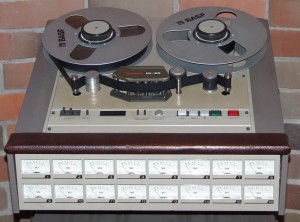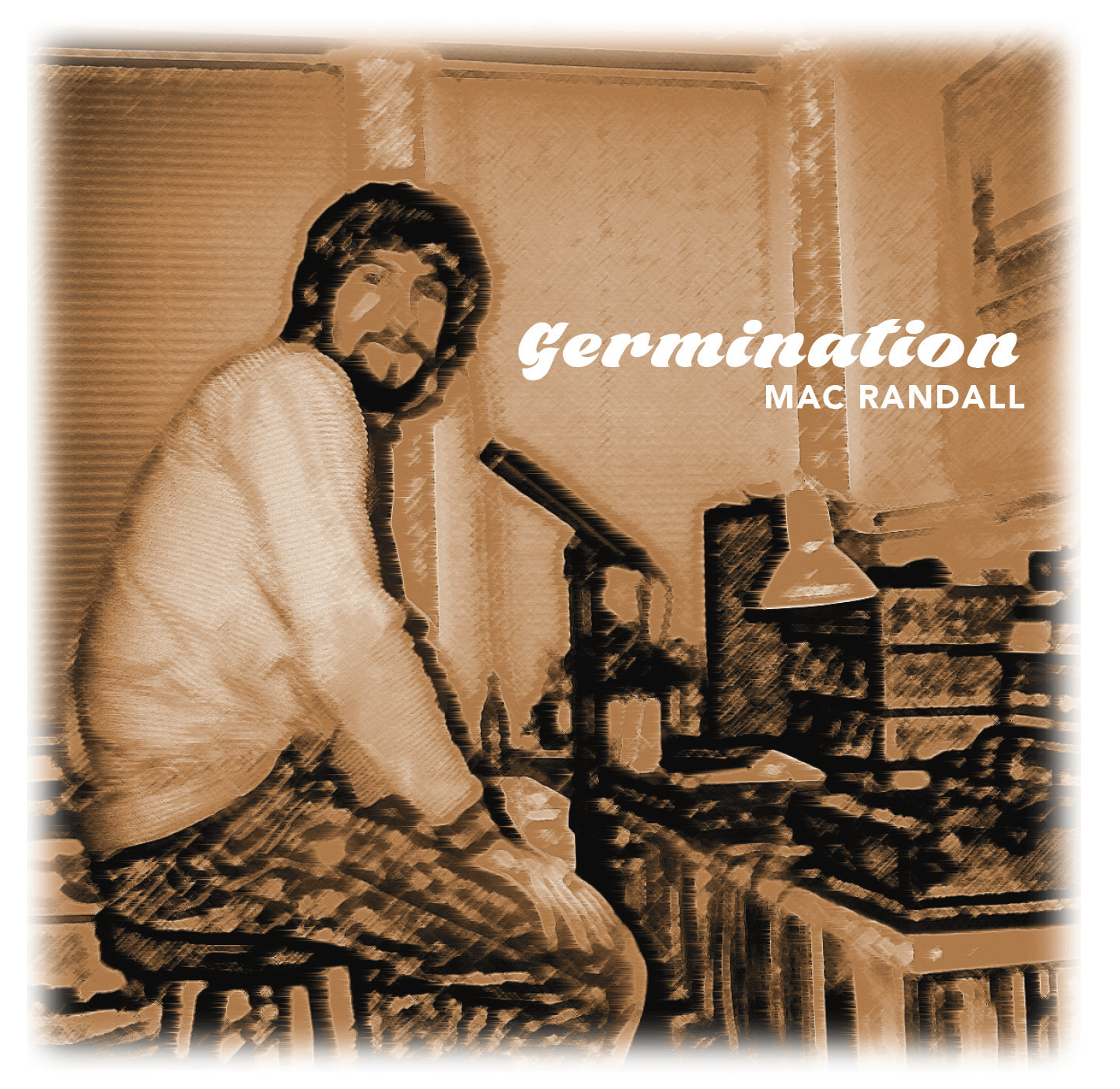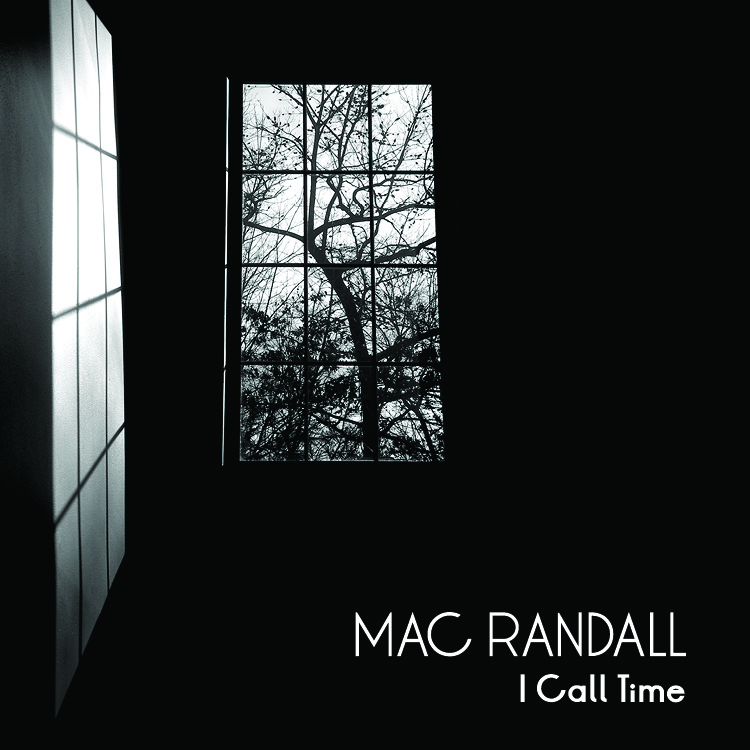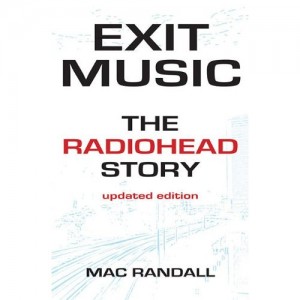The tale of the tape
This past weekend, for the first time in I’m not sure how long, I went to a movie theater, and I’m very happy I did. The film I saw was Dave Grohl’s Sound City, which, on the surface at least, is about a dumpy little recording studio in Van Nuys, Calif. It just so happens that a lot of fabulous albums got made there. To name just three: Neil Young’s After the Gold Rush, Tom Petty’s Damn the Torpedoes, and Nirvana’s Nevermind. (There are many more; a favorite Sound City production of mine that didn’t even get mentioned in the movie was Spirit’s eclectic rock masterwork Twelve Dreams of Dr. Sardonicus.)
All this history made Sound City legendary, but not legendary enough to stay open. The studio closed in 2011 after 42 years in business. Grohl—who, of course, played drums on Nevermind—credits Sound City, and specifically its custom Neve recording console, for giving him a career. So when he heard the studio was closing, he bought the console, put it in his own studio, and decided to make a movie (and an all-star album featuring loads of folks who worked at Sound City and a few who didn’t) celebrating both the console and the studio that had housed it.
Consider that celebratory mission accomplished, with distinction. Sound City tells the studio’s story in great detail with much warmth. Marvelous anecdotes abound. I particularly enjoyed the one about guitarist Neil Giraldo attempting a take on Rick Springfield’s “Jessie’s Girl” as Springfield’s pit bull Ron sat watching intently, his jaws inches away from Giraldo’s crotch. (Talk about incentive to get your part right!)
tells the studio’s story in great detail with much warmth. Marvelous anecdotes abound. I particularly enjoyed the one about guitarist Neil Giraldo attempting a take on Rick Springfield’s “Jessie’s Girl” as Springfield’s pit bull Ron sat watching intently, his jaws inches away from Giraldo’s crotch. (Talk about incentive to get your part right!)
The best thing about the movie, however, is the way it carefully and lovingly presents a way of making art that hardly exists anymore. A series of simple shots capture simple actions: placing a reel on the tape machine, plugging and unplugging cables from the patch bay, marking an edit point in blue on the bottom of the tape, spritzing the board’s knobs and faders with compressed air from a can to keep dust from settling on them. For anyone who’s ever spent time in an old-school recording studio, seeing such images is sure to trigger an ache of nostalgia. It certainly did for me.
When I was 15, Wendell Post, one of the owners of Cambridge Music Center—the guitar shop in Cambridge, Mass., that was basically my second home all through high school and well into my twenties—decided to make a long-held dream of his a reality and build a recording studio in a nondescript space behind the store that fronted the commuter rail tracks leading from Porter Square station to the western suburbs. I was one of his assistants. First I helped get the space prepared: painting walls, moving in risers and rolls of carpet. Then I consulted with him as he gathered the equipment, the main components being a Tascam 24-track machine and TAC Scorpion console.
Once the gear was in place, I sat in with Wendell on sessions and gradually learned my way around the studio. I found out what a compressor did and what it meant to store a tape reel “tails out.” Eventually I was entrusted with the record button and discovered the special joy of the smoothly executed punch-in. It was a great education. It was also tons of fun. I never wanted to leave.
Wendell’s studio only existed for a few years. It didn’t have the size or the amenities to become a real commercial facility, and eventually it stopped making sense for him to keep it going. But although the physical space went away, the happiness that I felt there never faded from my memory. To this day, I have a soul-deep love of recording studios. Even in the age of Pro Tools and Logic, they are magical places to me.
All the same, there’s something especially magical about an old-fashioned, tape-based studio. The glorious depth of sound you can get from analog two-inch tape is a big part of the allure, but not the whole of it. To work with actual moving parts instead of virtual ones; to say, “We’re rolling” and really be rolling; to hear the explosive flap of the tape around the reel as it reaches its end—all these things are what Sound City evokes so beautifully.
The beauty is tempered by great sadness, it’s true. Sound City is gone, as are so many other wonderful studios. But a few people like Dave Grohl are still determined to hang on to that old magic. And I hope someday I’ll be able to experience it again myself.






